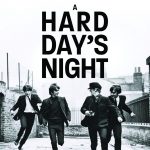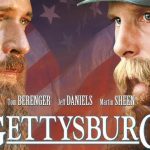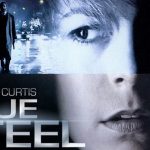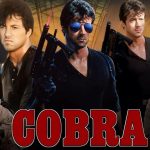𝐎𝐧𝐜𝐞 𝐔𝐩𝐨𝐧 𝐚 𝐓𝐢𝐦𝐞 𝐢𝐧 𝐭𝐡𝐞 𝐖𝐞𝐬𝐭 (𝟏𝟗𝟔𝟖)
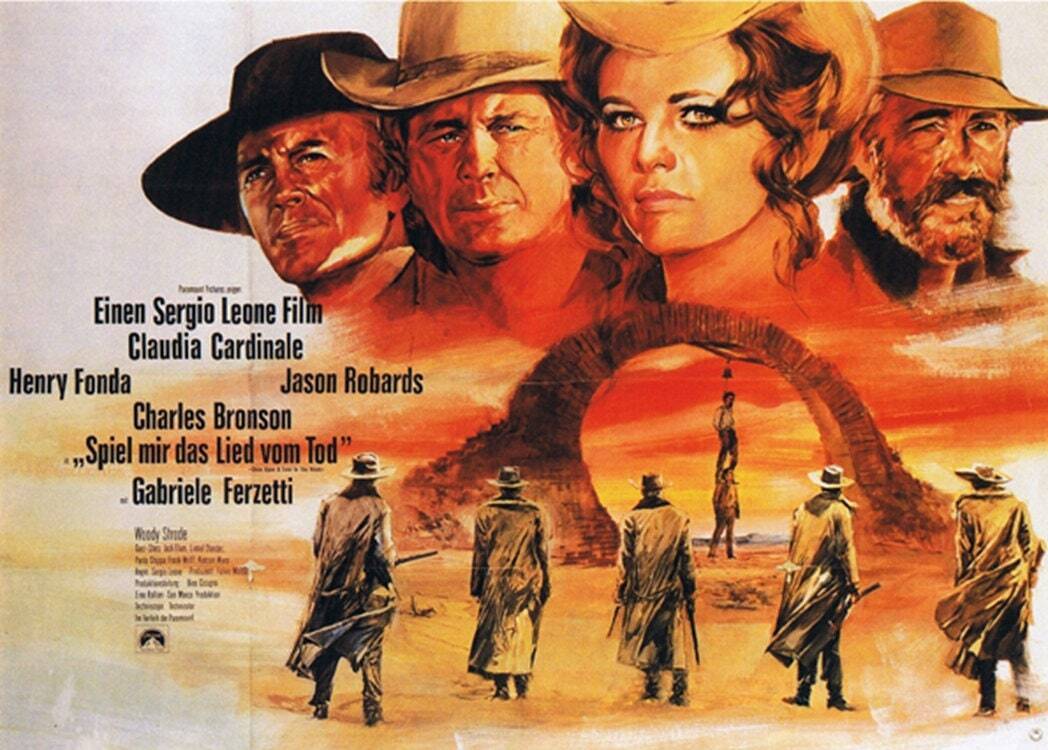
Once Upon a Time in the West (1968) is a classic Spaghetti Western film directed by the legendary Sergio Leone. Known for its sweeping landscapes, iconic music, and complex characters, the film has become a defining entry in the Western genre. Set against the backdrop of the American frontier, it tells a gripping tale of revenge, greed, and justice. With its unique blend of slow-burn storytelling and intense action, Once Upon a Time in the West stands as one of the most influential films in cinematic history.
The film’s plot centers around three main characters: a mysterious harmonica-playing gunslinger (played by Charles Bronson), a ruthless villain named Frank (Henry Fonda), and a widow named Jill (Claudia Cardinale). The story begins with the brutal murder of Jill’s husband, who owns land crucial for the construction of a new railroad. As the plot unfolds, the gunslinger, seeking revenge for an old wrong, confronts Frank, while Jill must navigate her way through the dangerous world she finds herself in. The film’s layered narrative slowly builds toward a confrontation that will change the lives of all involved.
Sergio Leone’s direction is one of the defining elements of Once Upon a Time in the West. Known for his distinct cinematic style, Leone uses long takes, close-ups, and minimal dialogue to create an atmosphere of tension and suspense. The film’s pacing is deliberate, allowing the audience to fully absorb the emotional weight of each scene. Leone’s skillful use of silence and sound enhances the intensity of key moments, making the action sequences all the more powerful. The film’s visual storytelling, combined with its sparse but effective dialogue, is a hallmark of Leone’s filmmaking style.
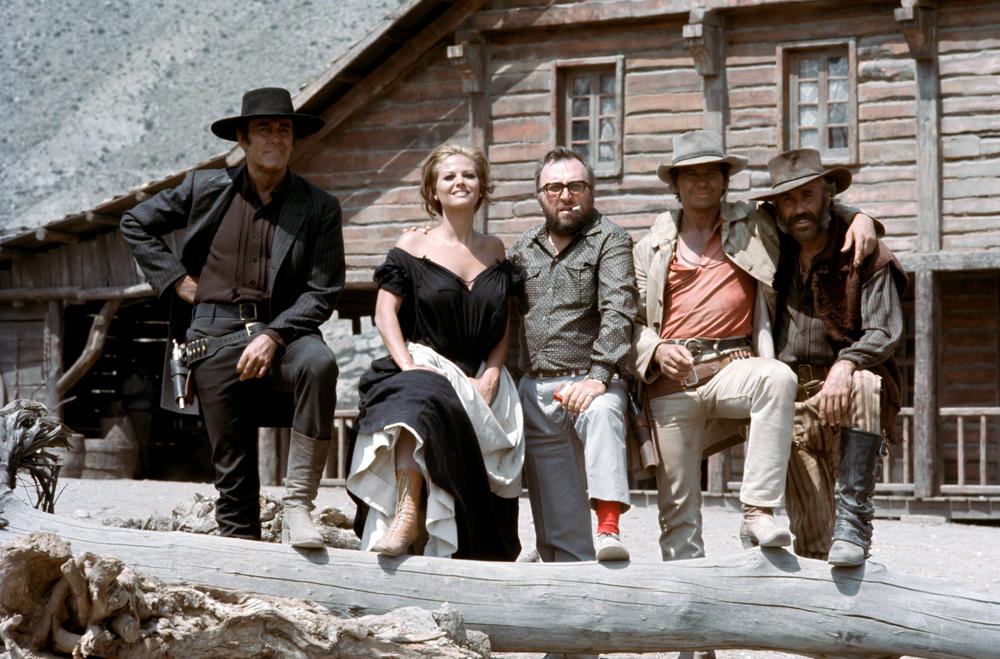
The performances in Once Upon a Time in the West are exceptional, with each actor bringing depth and nuance to their roles. Charles Bronson’s portrayal of the quiet, enigmatic gunslinger is iconic, and his character’s stoic demeanor contrasts sharply with the cruel nature of Henry Fonda’s Frank. Fonda, traditionally known for playing the hero, delivers a chilling performance as the film’s antagonist, subverting expectations and showcasing his range as an actor. Claudia Cardinale, as the determined and resourceful widow, offers a strong and memorable presence, adding complexity to the film’s portrayal of women in Westerns.
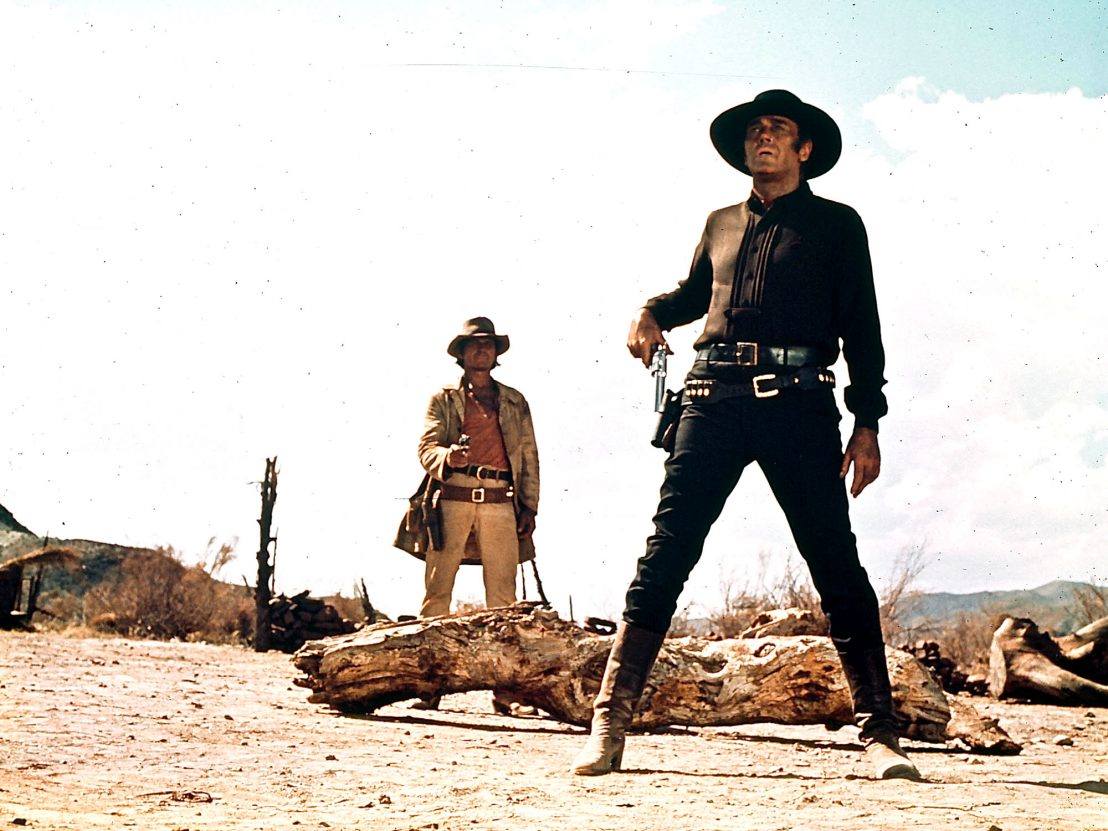
Ennio Morricone’s score is another crucial element of the film’s lasting impact. The music, which includes some of the most recognizable themes in cinematic history, perfectly complements the film’s tone. From the haunting harmonica theme that marks the gunslinger’s presence to the grand orchestral moments that accompany the epic confrontations, Morricone’s music elevates the emotional depth of the story. The score’s ability to enhance the visual storytelling is a testament to the power of music in film.
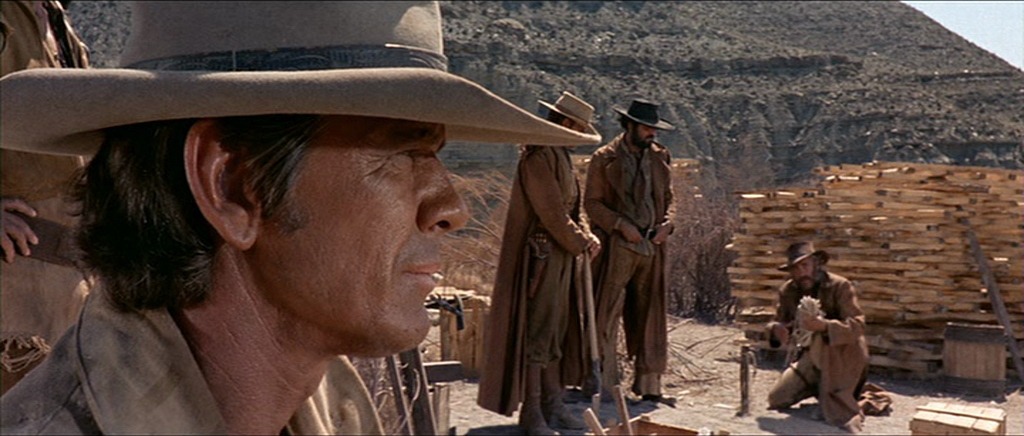
In conclusion, Once Upon a Time in the West is an enduring masterpiece that continues to captivate audiences nearly five decades after its release. Sergio Leone’s direction, combined with exceptional performances, a powerful score, and a gripping story, makes the film a cornerstone of the Western genre. Its influence can be seen in countless films that followed, and its legacy as a cinematic classic remains secure. For fans of Westerns and great filmmaking, Once Upon a Time in the West is a must-see film that stands the test of time.
